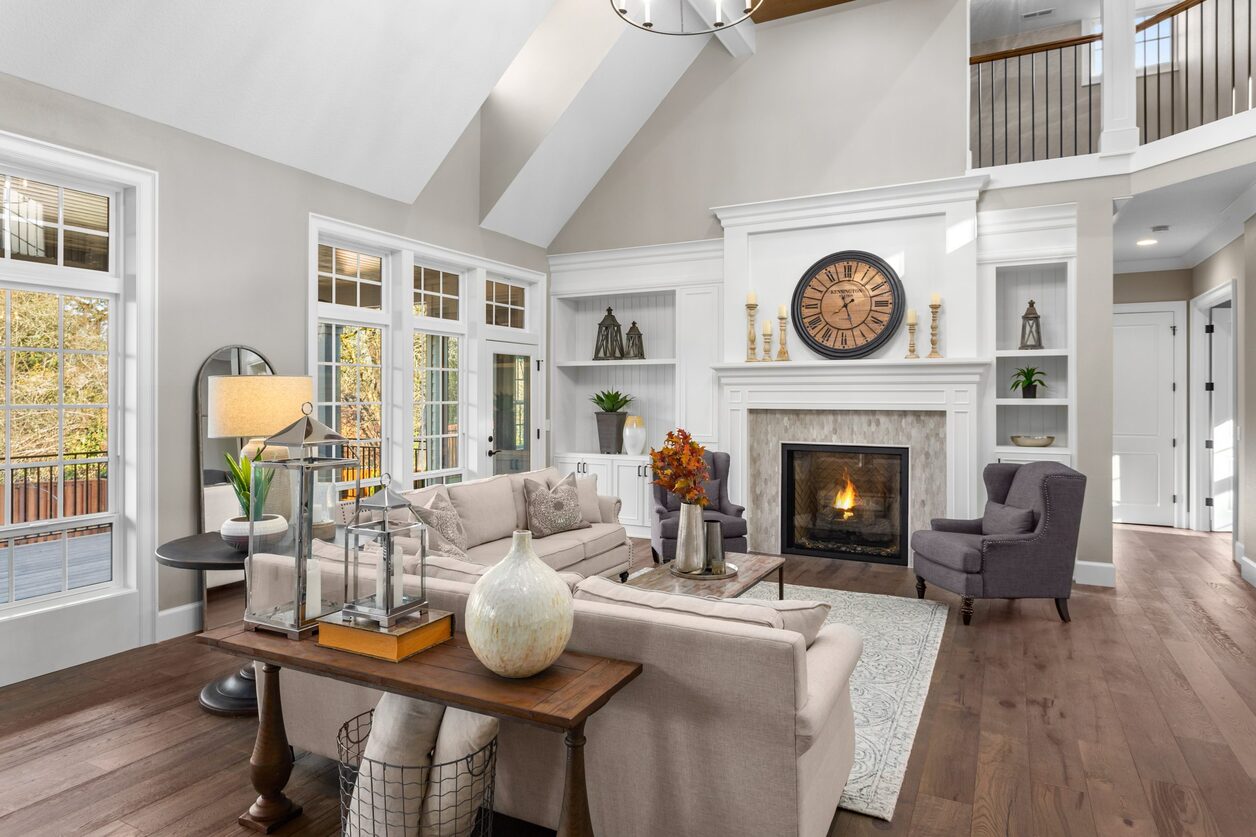

Articles
How Do I Know If My Fireplace Is Safe To Use
Modified: August 28, 2024
Find out how to determine if your fireplace is safe to use with these informative articles. Stay informed and keep your home cozy and secure.
(Many of the links in this article redirect to a specific reviewed product. Your purchase of these products through affiliate links helps to generate commission for Storables.com, at no extra cost. Learn more)
Introduction
Fireplaces are a beloved centerpiece in many homes, providing warmth, ambiance, and a cozy atmosphere. However, it is important to ensure that your fireplace is safe to use to prevent accidents and potential hazards. In this article, we will explore how you can determine if your fireplace is safe and provide valuable tips for maintaining fireplace safety.
Understanding the Risks
Before diving into the signs of a safe or dangerous fireplace, it is crucial to understand the potential risks associated with fireplaces. These risks include:
- Carbon Monoxide Poisoning: Incomplete combustion of fuels in the fireplace can produce carbon monoxide gas, which is odorless and potentially lethal if inhaled in high concentrations.
- Chimney Fires: Accumulation of creosote, a flammable substance, in the chimney can lead to chimney fires that can cause extensive damage to your home.
- Smoke and Soot Buildup: Poorly functioning fireplaces can result in excessive smoke and soot buildup inside your home, leading to air pollution and possible health issues.
- Structural Damage: Fireplaces that are not structurally sound or have damaged components can pose a significant risk of collapse or fire spreading to other areas of the house.
Key Takeaways:
- Regular maintenance, professional inspections, and understanding the signs of a safe or dangerous fireplace are crucial for ensuring the safety and wellbeing of your family and home.
- Implementing safety precautions, using dry, seasoned wood, and keeping a safe distance from the fireplace are essential steps for minimizing common fireplace hazards and ensuring a safe and enjoyable fireplace experience.
Read more: How Do I Know If My Gas Fireplace Is Vented
Understanding the Risks
Before diving into the signs of a safe or dangerous fireplace, it is crucial to understand the potential risks associated with fireplaces. These risks include:
- Carbon Monoxide Poisoning: Incomplete combustion of fuels in the fireplace can produce carbon monoxide gas, which is odorless and potentially lethal if inhaled in high concentrations. Carbon monoxide poisoning can cause symptoms such as headache, dizziness, nausea, and even death.
- Chimney Fires: Accumulation of creosote, a flammable substance, in the chimney can lead to chimney fires. Creosote is formed from unburned wood particles and other byproducts of combustion. Over time, it can build up on the inside of the chimney and ignite when exposed to high temperatures. A chimney fire can cause extensive damage to your home and may spread to the rest of the building.
- Smoke and Soot Buildup: Poorly functioning fireplaces can result in excessive smoke and soot buildup inside your home. This not only affects the air quality in your living space but can also lead to health issues, particularly for individuals with respiratory conditions.
- Structural Damage: Fireplaces that are not structurally sound or have damaged components can pose a significant risk of collapse or fire spreading to other areas of the house. This includes issues such as cracks in the chimney, loose bricks or mortar, and damaged flues.
It is important to be aware of these risks and take the necessary precautions to ensure your fireplace is safe to use. By understanding the potential hazards, you can actively assess the condition of your fireplace and address any safety concerns promptly.
Signs of a Safe Fireplace
Now that we understand the risks associated with fireplaces, let’s explore the signs that indicate a safe fireplace:
- Clear Chimney: A safe fireplace will have a chimney that is clear of any obstructions or blockages. This allows for proper airflow and prevents the buildup of smoke, soot, and gases.
- Intact Flue Liner: The flue liner serves as a protective barrier between the heat of the fire and the surrounding walls. A safe fireplace will have an intact flue liner that is free from cracks, deterioration, or any signs of damage.
- Proper Draft: A well-functioning fireplace will have a good draft, with smoke being efficiently carried up and out of the chimney. Signs of a good draft include minimal smoke entering the room and a steady, even flow of combustion air into the firebox.
- Functioning Damper: The damper plays a crucial role in controlling the airflow and preventing drafts when the fireplace is not in use. A safe fireplace will have a fully functional damper that opens and closes easily and effectively seals the chimney when closed.
- Stable Firebox and Chimney Structure: A safe fireplace will have a stable firebox and chimney structure. There should be no signs of cracks, loose bricks or mortar, or any other structural issues that could compromise the stability of the fireplace.
- Regular Maintenance: Regular maintenance and cleaning are signs of a safe fireplace. This includes annual inspections, chimney cleaning, and addressing any repairs or maintenance needs promptly.
By observing these signs, you can have confidence that your fireplace is safe to use and enjoy. However, it’s important to note that these signs are not definitive proof of safety. It is still recommended to have your fireplace professionally inspected to ensure its proper functioning and identify any hidden issues.
Signs of a Dangerous Fireplace
It’s essential to be aware of the signs that indicate a dangerous fireplace. Here are some red flags to watch out for:
- Excessive Smoke: If your fireplace consistently produces excessive smoke during use, it could indicate a problem with the airflow or ventilation. This can result from a blocked chimney or a faulty flue system. Excessive smoke can lead to poor indoor air quality and potential health hazards.
- Cracks or Damage: Any visible cracks or damage to the firebox, chimney flue, or chimney exterior could compromise the structural integrity and safety of the fireplace. Cracks can allow heat, smoke, and embers to escape into your home’s walls or other combustible materials.
- Spalling Bricks or Mortar: Spalling refers to the flaking, chipping, or cracking of bricks or mortar due to the effects of heat, moisture, or age. Spalling bricks or mortar can indicate moisture-related issues and may compromise the structural stability of the chimney.
- Presence of Creosote: If you notice a significant buildup of creosote in your chimney, it is a sign of poor combustion and incomplete burning. Creosote is highly flammable and can lead to chimney fires. If you can see a thick layer of creosote buildup, it’s crucial to have your chimney cleaned immediately.
- Difficulties in Lighting or Maintaining a Fire: If you struggle to light a fire or face challenges in keeping it lit, it could indicate ventilation issues or problems with the chimney draft. Inadequate airflow can result in incomplete combustion and a buildup of dangerous gases like carbon monoxide.
- Unusual Odors or Foul Smells: Strange or foul odors emanating from your fireplace, such as a strong musty smell or the scent of something burning, can be indicative of underlying issues like mold, animal nesting, or even a potential fire hazard.
If you notice any of these signs, it is crucial to address them promptly to ensure the safety of your fireplace and your home. A professional inspection and assessment of the fireplace by a certified chimney sweep or fireplace technician is highly recommended to identify and resolve any dangerous conditions.
Have a professional chimney sweep inspect and clean your fireplace annually to ensure it is safe to use. Look for any signs of damage or wear and tear, and always use a fireplace screen to prevent sparks from escaping.
Common Fireplace Hazards
Fireplaces can pose various hazards if not properly maintained and used. Understanding these hazards can help you take the necessary precautions to ensure the safety of your home and loved ones. Here are some common fireplace hazards:
- Creosote Buildup: Creosote is a black, sticky substance that accumulates on the inside of chimneys as a byproduct of burning wood. If not regularly cleaned, creosote can ignite and cause chimney fires, leading to significant damage to your home.
- Carbon Monoxide Poisoning: Incomplete combustion can produce carbon monoxide (CO) gas, which is odorless and highly toxic. A poorly functioning fireplace or blocked chimney can result in the buildup of carbon monoxide inside your home, putting your family’s health at risk. Regular maintenance and proper ventilation are crucial to prevent carbon monoxide poisoning.
- Ember and Spark Projection: Embers and sparks can escape from the fireplace, causing potentially hazardous situations. They can ignite nearby flammable materials, leading to a fire. Installing a spark guard or screen can help prevent the escape of embers or sparks and reduce the risk of fire accidents.
- Fireplace Burns: The intense heat produced by a fireplace can cause burns if touched directly, especially by children or pets. Keeping a safe distance and using protective barriers like fireplace gates or screens can help minimize the risk of burns.
- Faulty Gas Connections: If you have a gas fireplace, it is crucial to ensure that the gas connections are properly installed and maintained. Gas leaks can lead to fire hazards and pose a risk to your safety. Regular inspection by a professional is recommended to ensure gas line integrity.
- Flammable Materials near the Fireplace: Placing flammable items like paper, blankets, or decorations too close to the fireplace can result in accidental ignition. Make sure to keep a safe distance between the fireplace and any combustible materials to prevent fires.
By being aware of these common hazards, you can take proactive measures to prevent accidents and ensure the safety of your fireplace. Regular maintenance, vigilance, and following safety guidelines are essential for minimizing the risks posed by fireplaces.
Tips for Ensuring Fireplace Safety
Fireplace safety is of utmost importance, and there are several steps you can take to ensure the safe operation of your fireplace. Here are some essential tips to keep in mind:
- Regular Cleaning and Maintenance: Schedule annual professional chimney inspections and cleanings to remove creosote buildup and ensure the fireplace and chimney are in good working condition. Regular maintenance helps prevent chimney fires and identifies any potential safety hazards.
- Use Dry, Seasoned Wood: Burn dry, seasoned hardwood in your fireplace, as it produces less creosote and provides a cleaner, more efficient burn. Avoid burning green or wet wood, as this can lead to excessive smoke, creosote buildup, and poor combustion.
- Properly Dispose of Ashes: Allow ashes to cool completely before removing them from the fireplace. Use a metal container with a tight-fitting lid to store ash and dispose of it away from your home or any flammable materials. Hot ashes can remain a fire hazard for days, so exercise caution when handling and disposing of them.
- Install Smoke and Carbon Monoxide Detectors: Have smoke detectors and carbon monoxide detectors installed near your fireplace and in each sleeping area of your home. Test them regularly to ensure they are functioning correctly and replace batteries as needed.
- Keep a Safe Distance: Keep flammable materials, such as furniture, curtains, and rugs, at a safe distance from the fireplace. Maintain a clear area at least three feet around the fireplace to prevent accidental ignition.
- Use Proper Ventilation: Ensure that your fireplace has adequate ventilation to facilitate proper airflow. This will help prevent the buildup of dangerous gases like carbon monoxide and minimize the risk of smoke entering your home.
- Supervise Children and Pets: Never leave children or pets unattended near an active fireplace. Use protective barriers such as fireplace gates or screens to prevent accidental burns or access to the fire.
- Extinguish the Fire Completely: Before leaving the house or going to bed, make sure the fire is completely extinguished. Use a metal fireplace tool to carefully spread the embers and ashes, and allow them to cool before disposing of them.
By following these tips, you can significantly reduce the risks associated with fireplace usage and ensure the safety of your home and loved ones. Remember that fireplace safety is a shared responsibility, and it’s essential to educate all household members about the potential hazards and safety practices.
Professional Inspection and Maintenance
While regular maintenance and safety precautions are crucial for fireplace safety, it is also essential to have your fireplace professionally inspected and maintained. A certified chimney sweep or fireplace technician has the expertise and knowledge to identify hidden issues and ensure the proper functioning of your fireplace. Here’s why professional inspection and maintenance are essential:
- Thorough Inspection: A professional will conduct a comprehensive inspection of your fireplace, chimney, flue, and surrounding components. They will check for any signs of damage, blockages, creosote buildup, or other potential hazards that may compromise the safety and efficiency of your fireplace.
- Early Detection of Problems: A trained eye can identify underlying issues that may not be apparent to an untrained individual. By catching problems early on, you can prevent them from escalating into more significant and costly repairs down the line.
- Proper Cleaning: Professional chimney sweeps have the necessary tools and knowledge to thoroughly clean your chimney and remove creosote buildup. This reduces the risk of chimney fires and improves the overall performance of your fireplace.
- Repairs and Maintenance: If any damage or safety concerns are identified during the inspection, a professional can provide the appropriate repairs and maintenance. This includes fixing cracks, replacing damaged components, ensuring proper ventilation, and addressing any other necessary repairs to maintain the integrity and safety of your fireplace.
- Safety Compliance: Professional inspections and maintenance help ensure that your fireplace meets safety standards and complies with local building codes and regulations. This is particularly important if you are selling or renting out your property, as a certified inspection provides peace of mind to potential buyers or tenants.
- Expert Advice: One of the added benefits of professional inspection and maintenance is the opportunity to receive expert advice and guidance. Professionals can educate you on proper fireplace operation, fuel selection, and maintenance practices to maximize the lifespan and safety of your fireplace.
It is recommended to have your fireplace professionally inspected at least once a year, preferably before the start of the winter season when fireplaces are likely to be used more frequently. Regular maintenance and inspections not only ensure the safety of your fireplace but also extend its lifespan, save you money on repairs, and provide you with peace of mind.
Conclusion
Fireplaces can bring warmth, comfort, and a cozy ambiance to our homes. However, it is crucial to prioritize fireplace safety to prevent accidents and potential hazards. By understanding the risks associated with fireplaces, recognizing the signs of a safe or dangerous fireplace, and implementing safety precautions, you can ensure the wellbeing of your family and protect your home.
Regular maintenance and cleaning, along with professional inspections, play a vital role in ensuring fireplace safety. Clear chimneys, intact flue liners, proper draft, and a functioning damper are all signs of a safe fireplace. On the other hand, excessive smoke, cracks or damage, creosote buildup, and difficulties in lighting or maintaining a fire can indicate a dangerous fireplace.
Common fireplace hazards, such as creosote buildup, carbon monoxide poisoning, ember projection, and flammable materials near the fireplace, should be taken seriously. Following safety guidelines and implementing precautions, such as using dry, seasoned wood, installing smoke and carbon monoxide detectors, and keeping a safe distance, are essential for minimizing these hazards.
However, it is always recommended to have your fireplace professionally inspected and maintained. A certified chimney sweep or fireplace technician can provide a thorough inspection, detect hidden issues, and perform necessary repairs and cleaning to ensure the safety and efficient operation of your fireplace.
By taking these steps and remaining vigilant, you can enjoy the warmth and beauty of your fireplace while keeping your home and loved ones safe. Remember, fireplace safety is an ongoing effort, and regular maintenance and adherence to safety practices are essential for a safe and enjoyable fireplace experience.
Frequently Asked Questions about How Do I Know If My Fireplace Is Safe To Use
Was this page helpful?
At Storables.com, we guarantee accurate and reliable information. Our content, validated by Expert Board Contributors, is crafted following stringent Editorial Policies. We're committed to providing you with well-researched, expert-backed insights for all your informational needs.
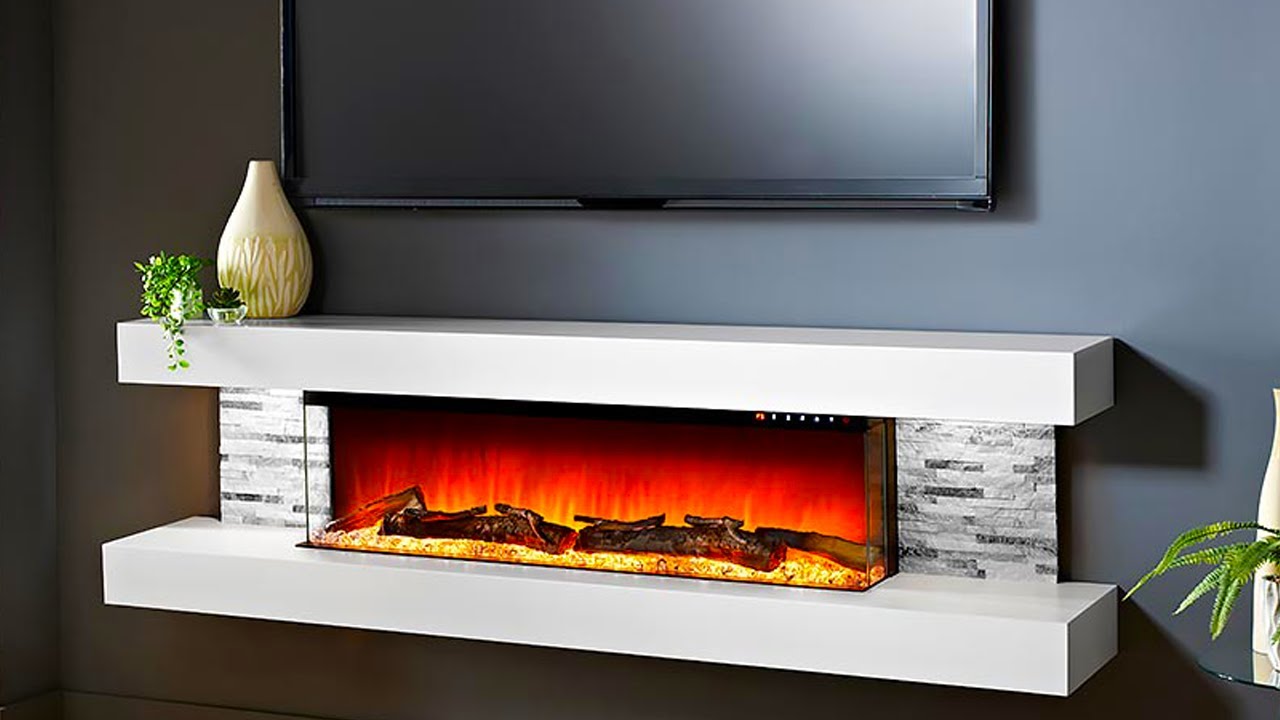
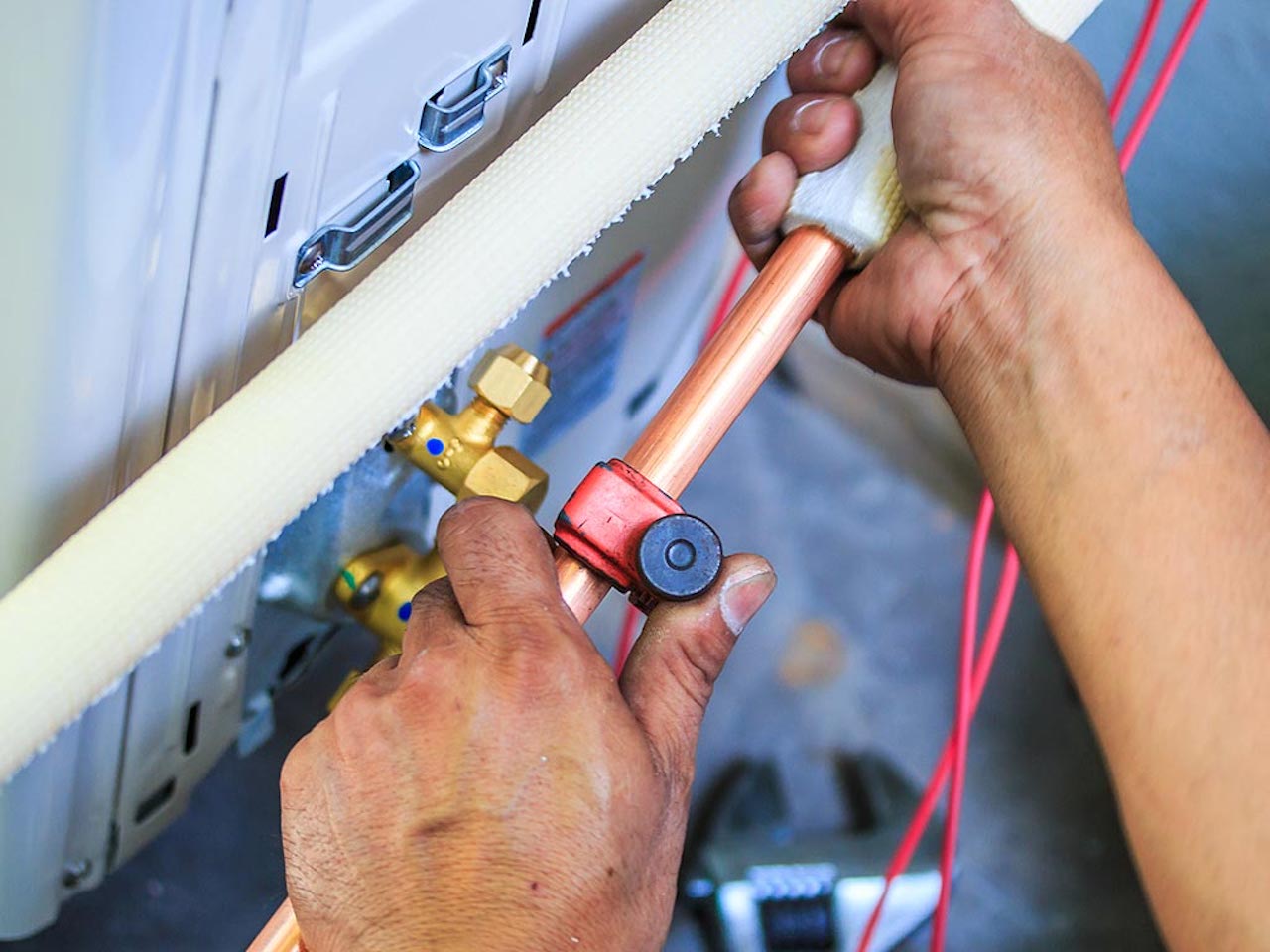
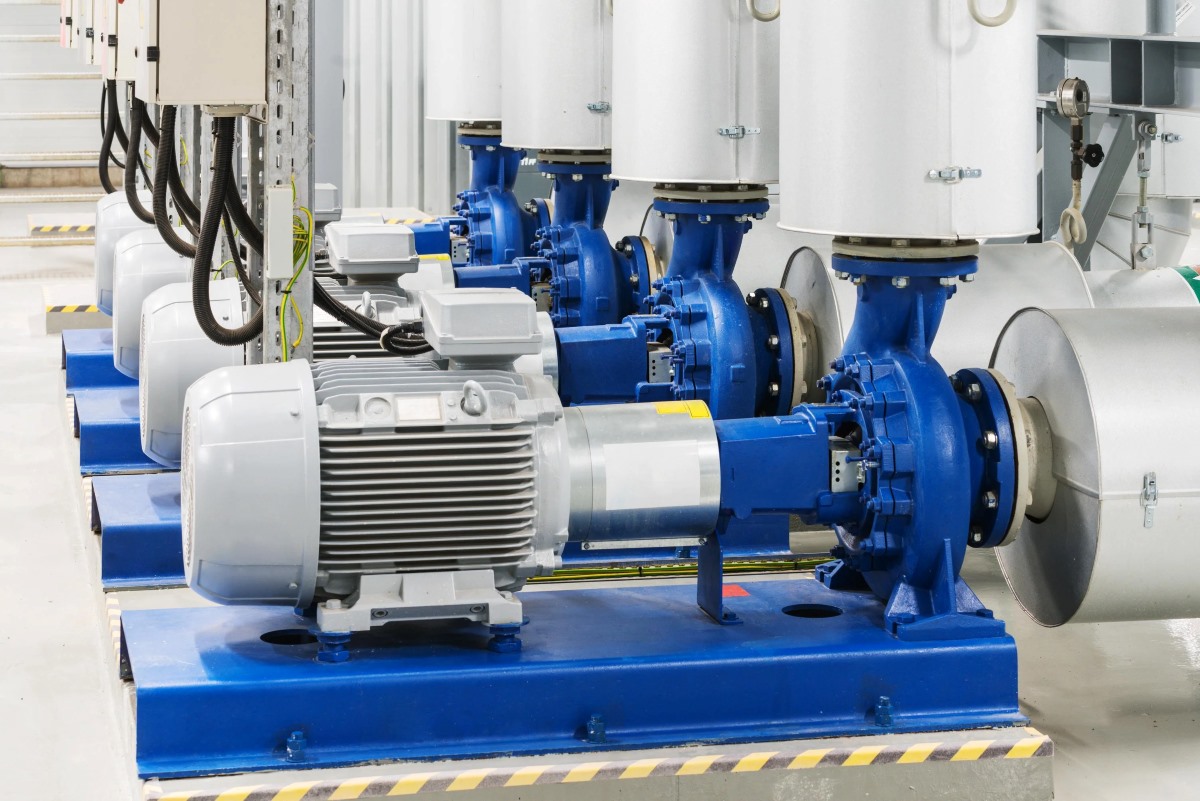
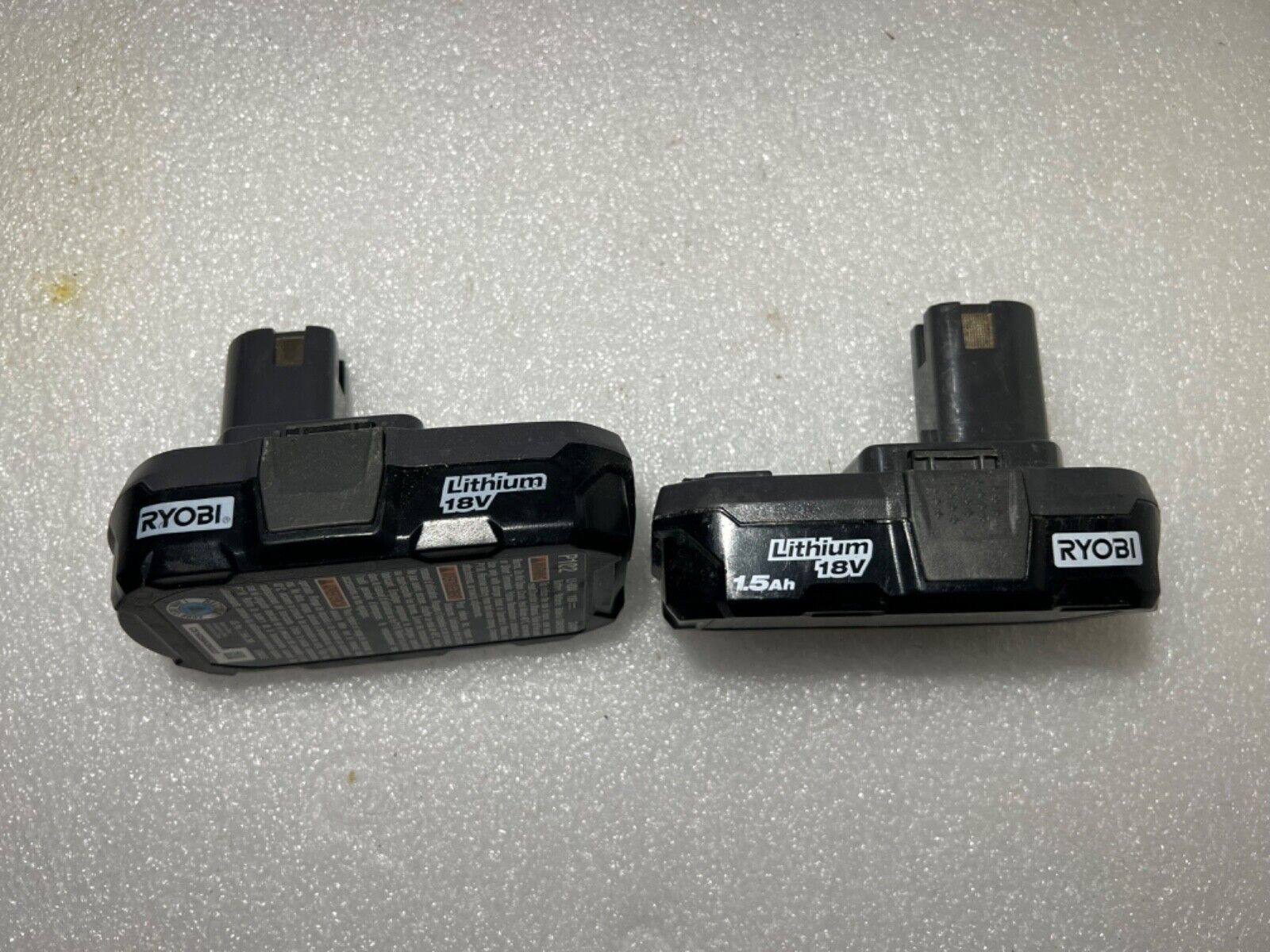
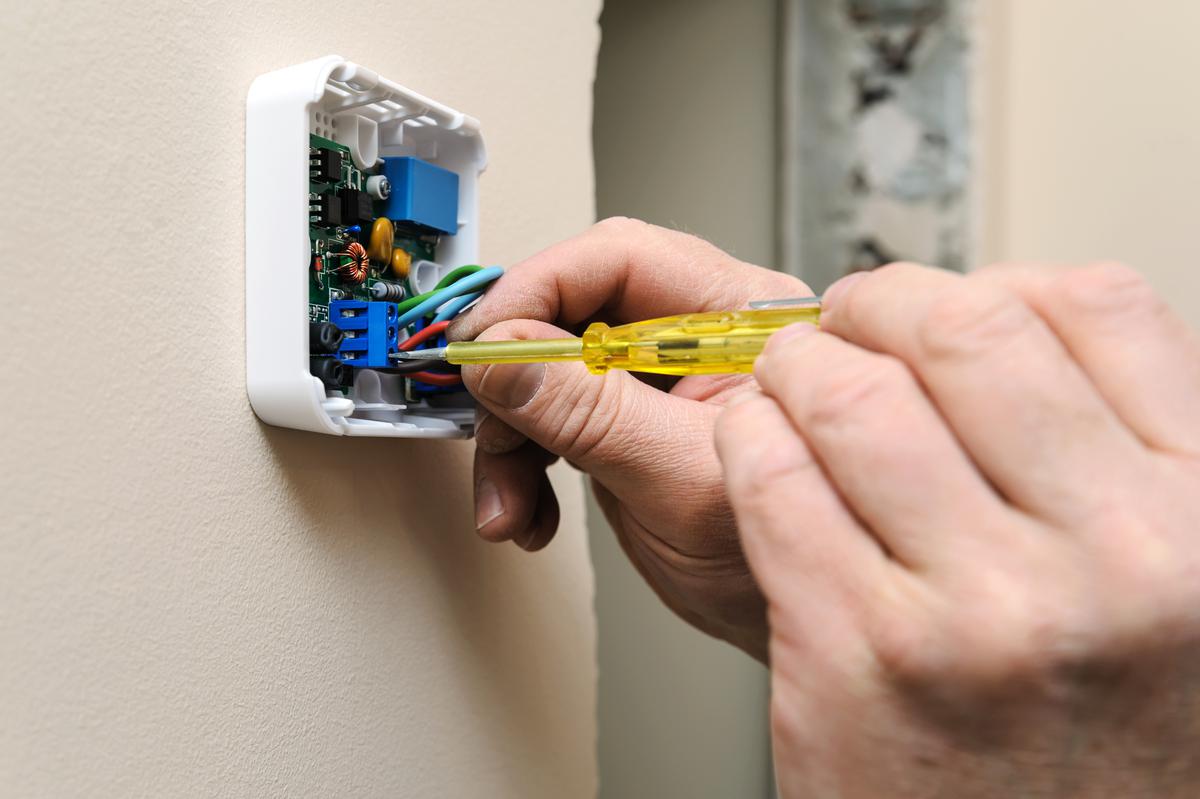
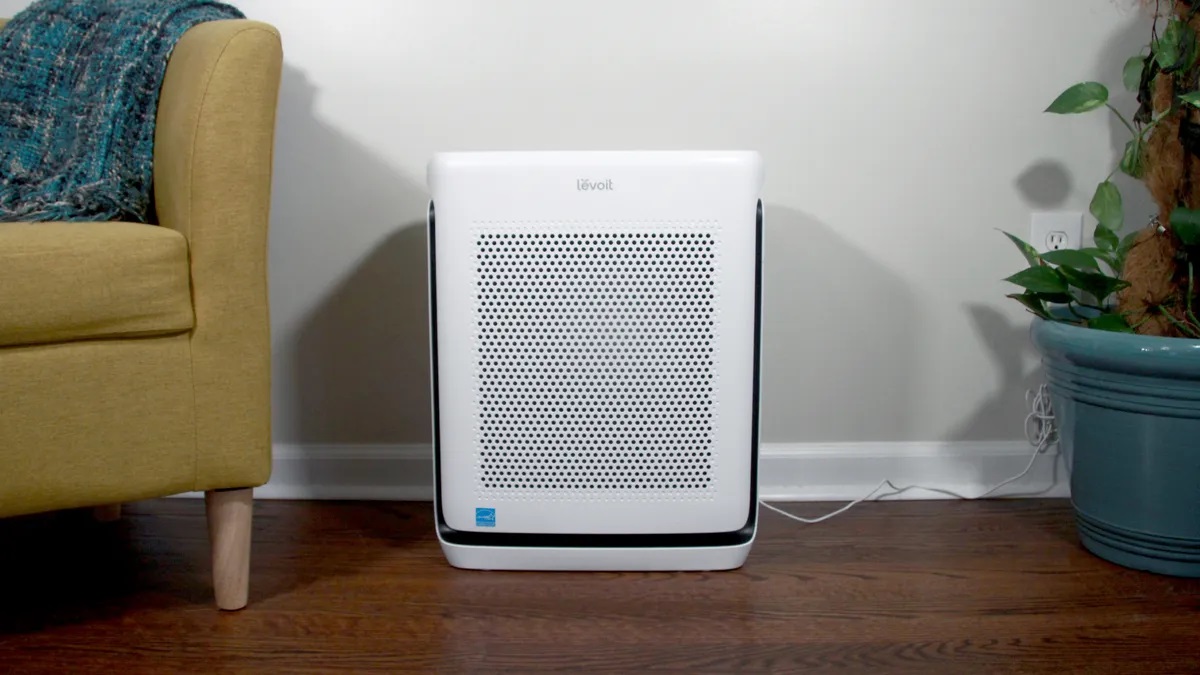
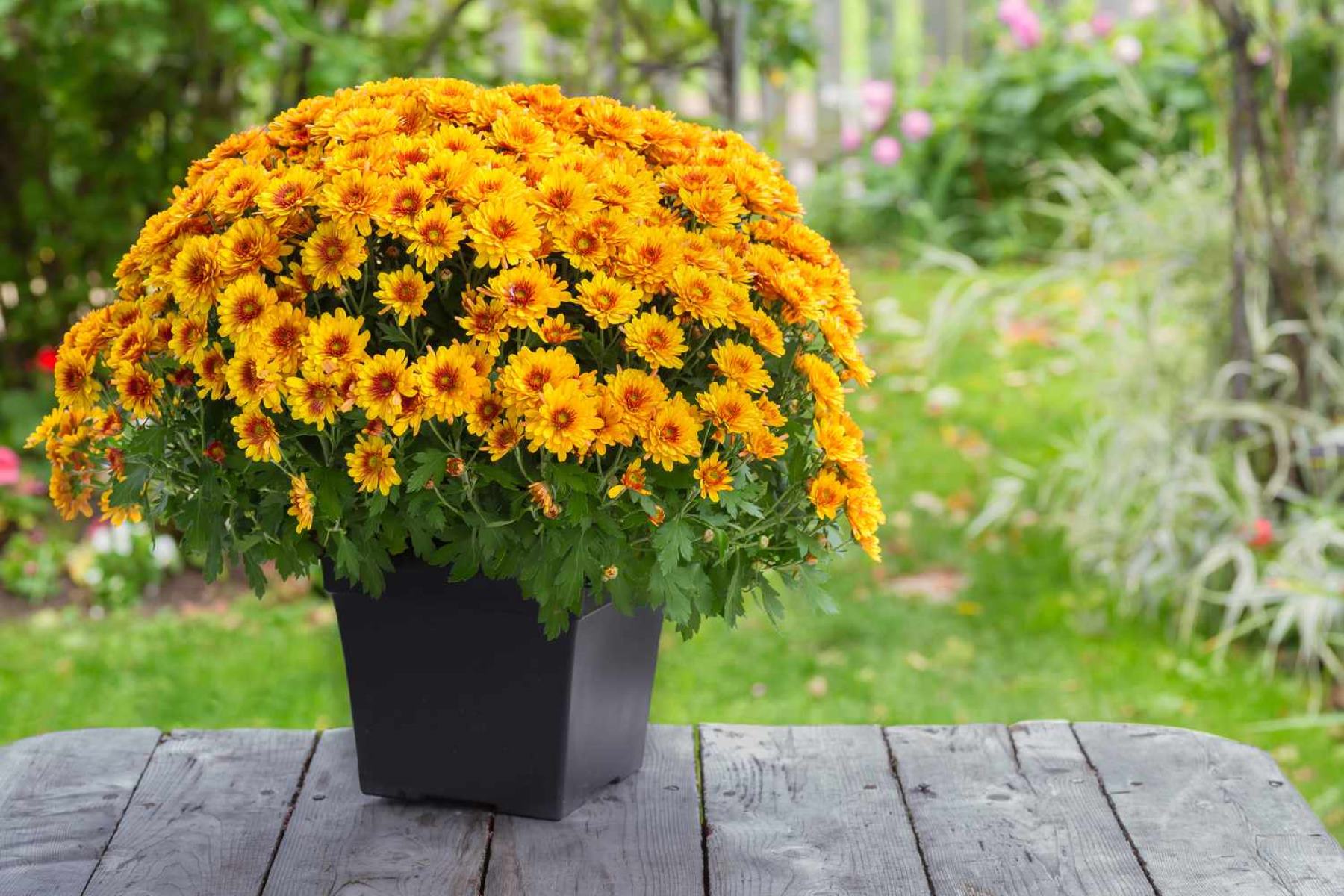
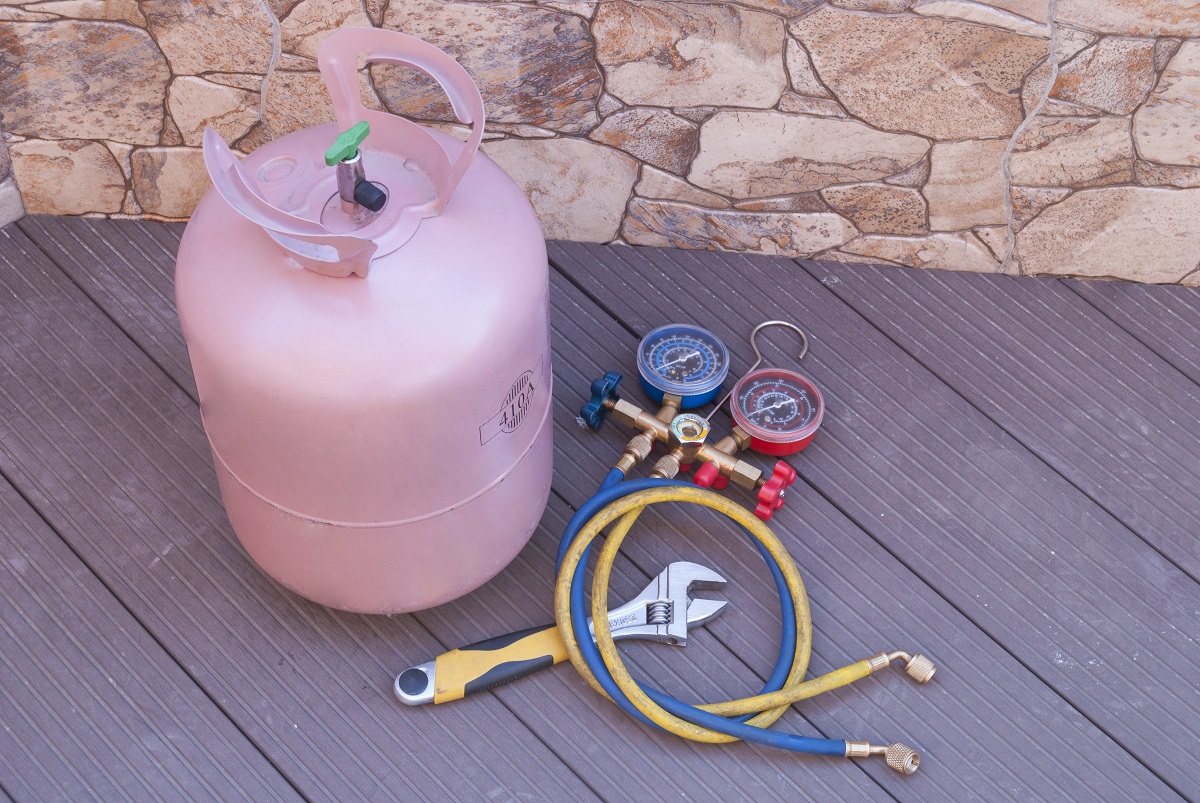
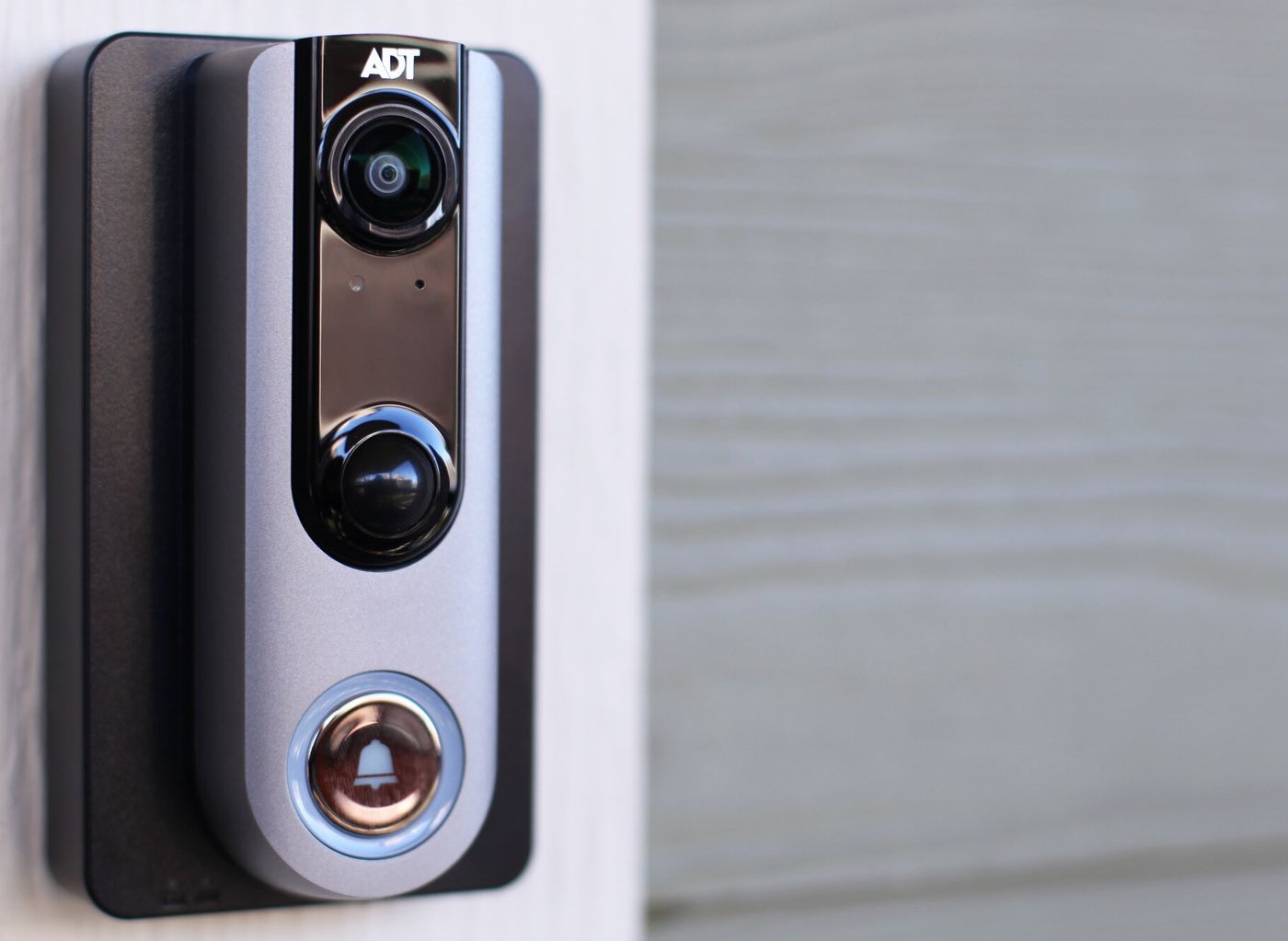
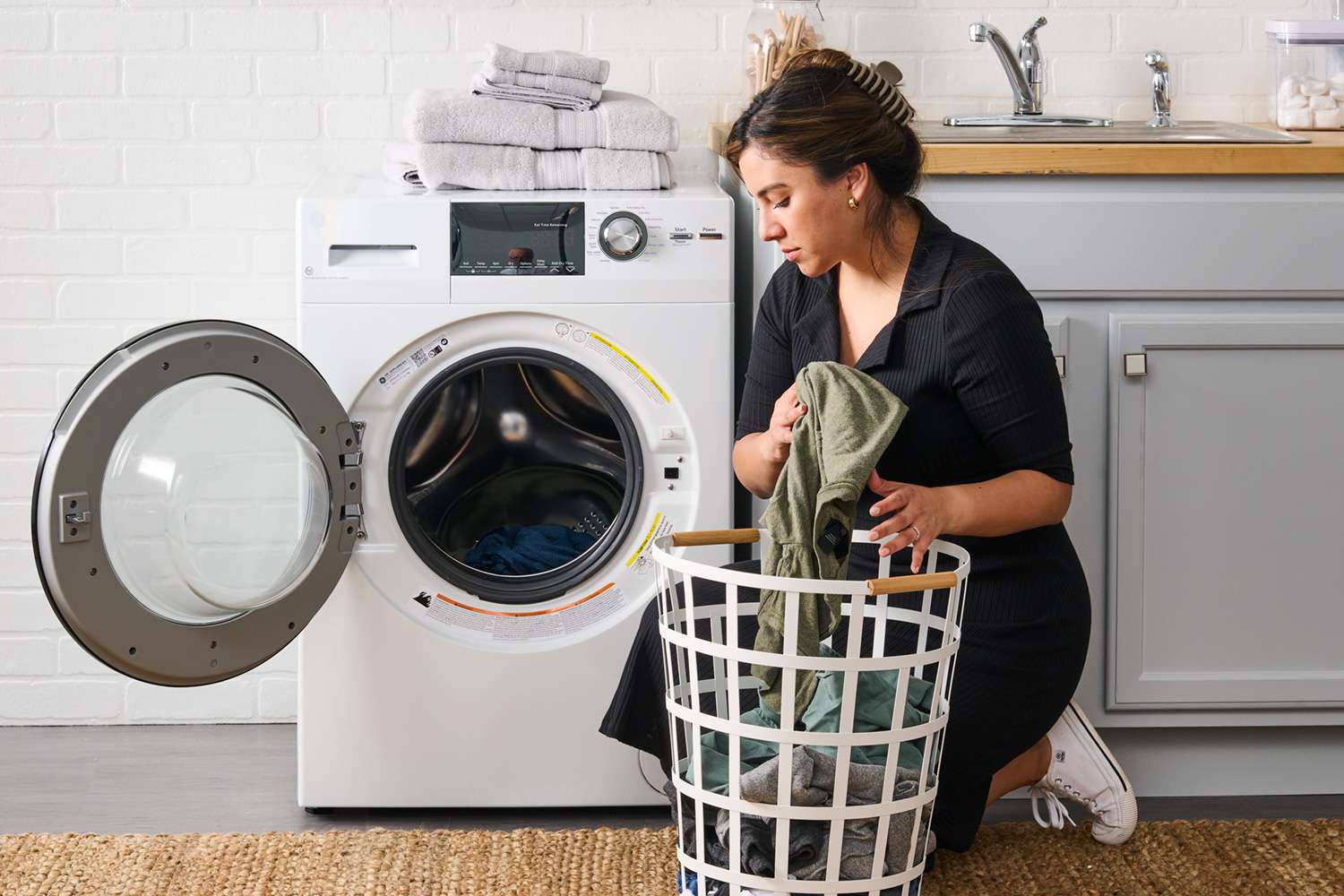
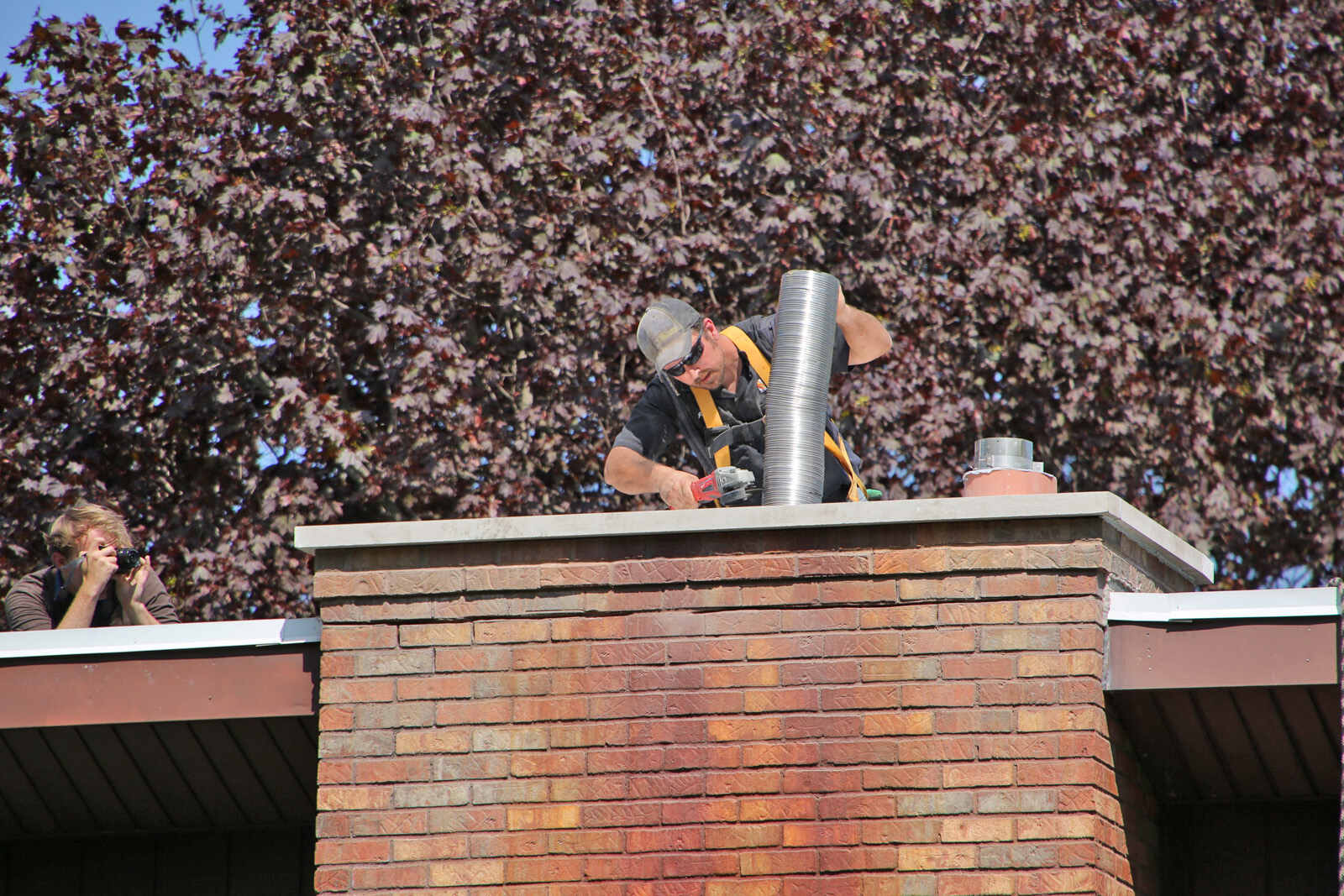
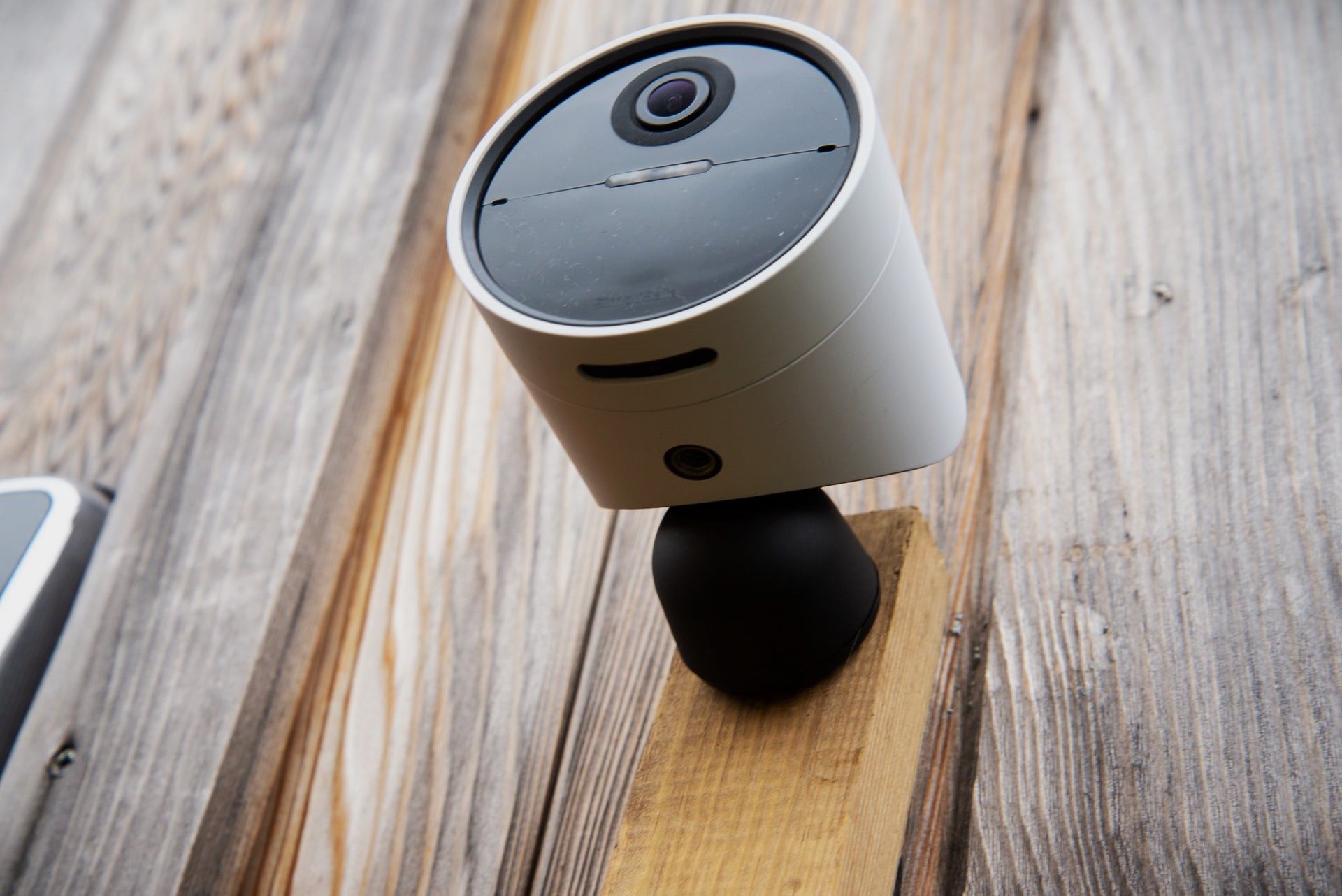
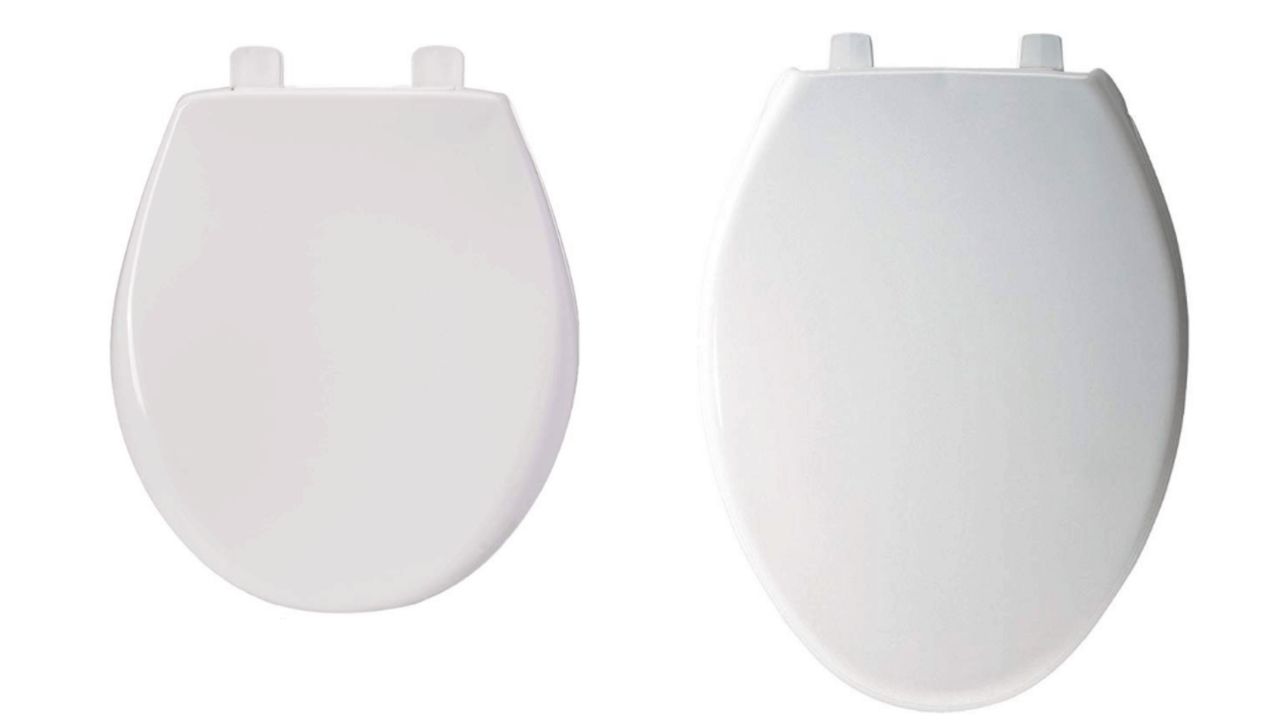
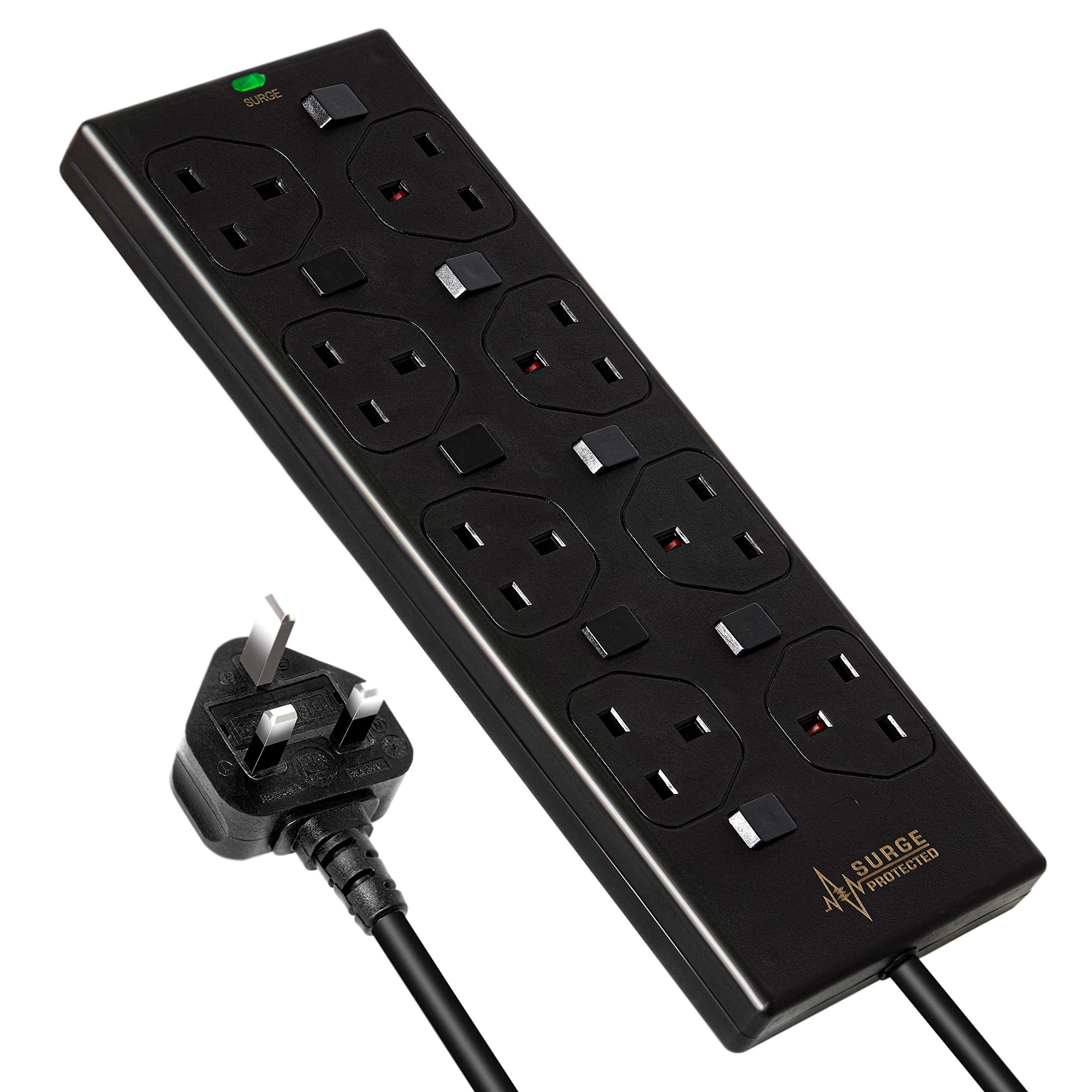

0 thoughts on “How Do I Know If My Fireplace Is Safe To Use”